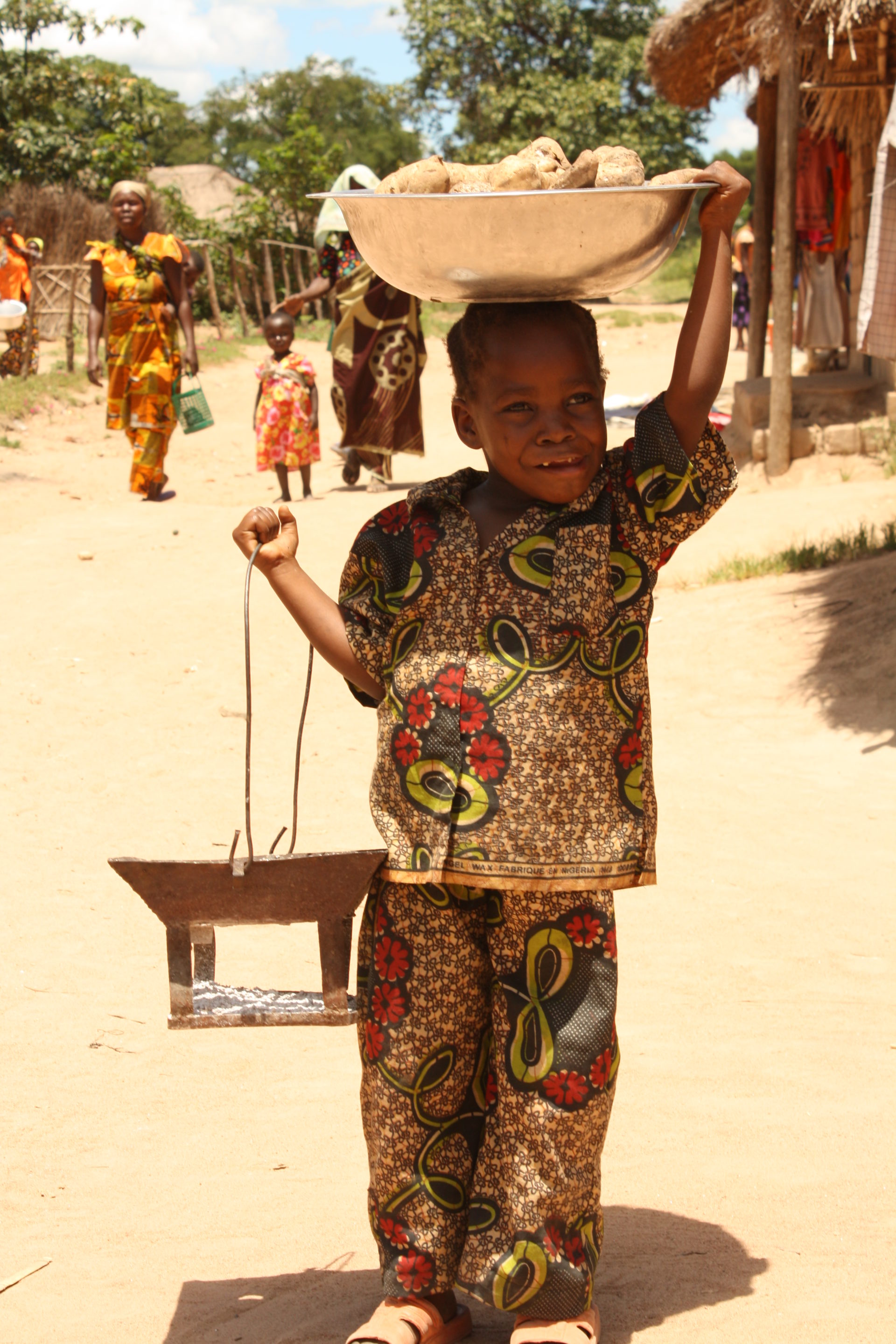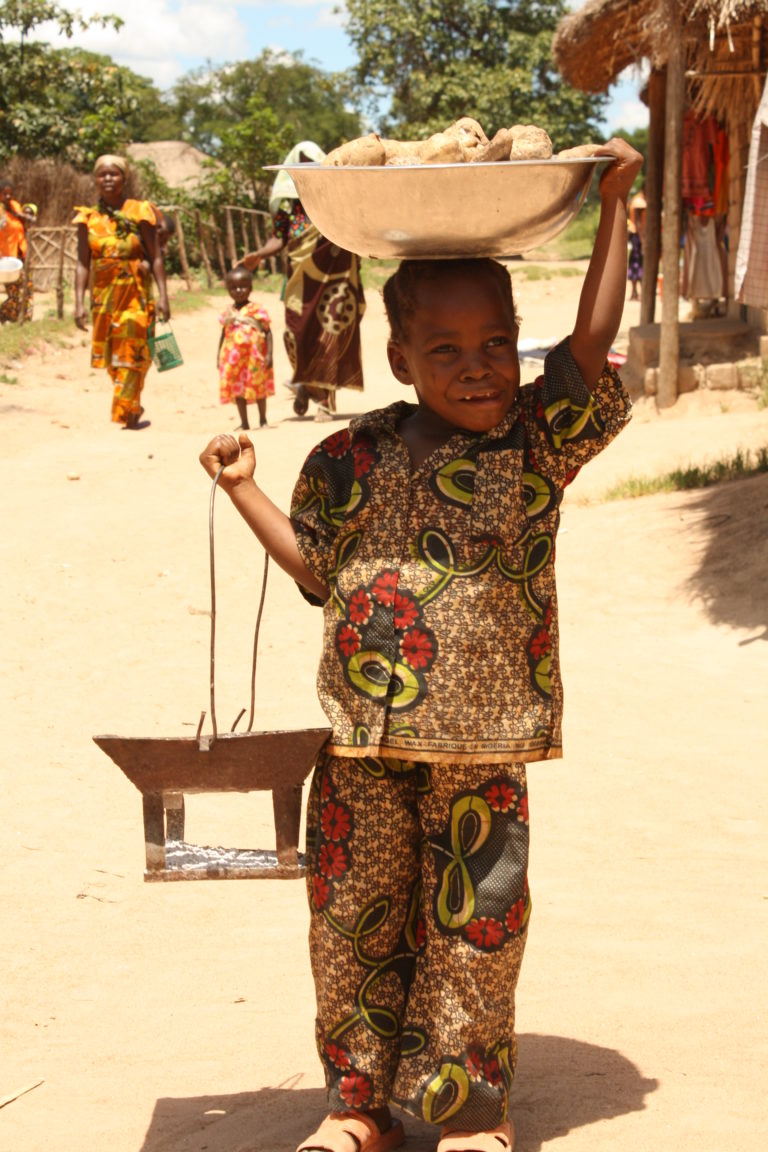Africa
As estimated by ILO (Global Estimate of Forced Labour, 2012), Africa currently has around 3.7 million people in slavery and is primarily considered a source region for victims of trafficking, with Western Europe identified as the main destination region.
Trafficking of children – both girls and boys – is frequently reported, as is trafficking of adult women. In some parts of the region, vulnerability to trafficking occurs in the context of seasonal or longer-term migration for employment. For example, a baseline study conducted in one West African country indicated that persons migrating for seasonal work were susceptible to forced labour, with young men and women particularly vulnerable. Such work was in some cases linked to export industries. Internal trafficking (the movement of persons within the boundaries of a single country) is also reported as widespread, involving children and young women moving from rural to urban areas for domestic work and prostitution.
(Source: Verité, 2012 – “Human Trafficking & Global Supply Chains: A Background Paper”)


Image: High Street, Shamwana, Katanga by Tom Skrinar, posted on flickr, licensed under CC BY-SA 2.0



